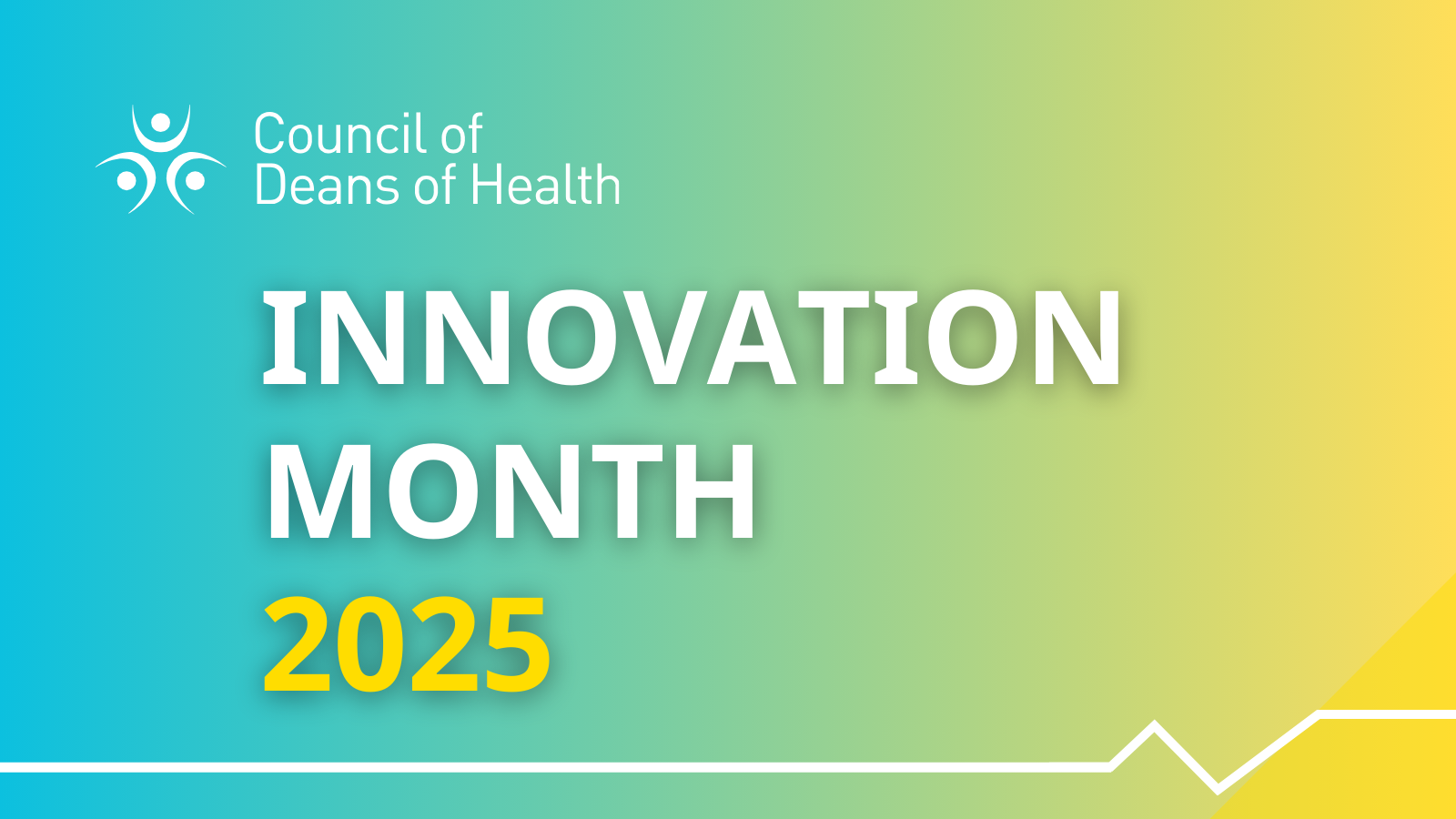This blog reflects the views of the author. The Council of Deans of Health has a wide membership and set of partnerships with a range of opinions that do not necessarily constitute formal positions of the Council. We value that diversity of thought and experience.
Francesca Dixon, Diagnostic Radiography Student at Keele University and #150Leaders, reflects on how simulation has become a vital part of diagnostic radiography training, offering students a safe space to refine technical skills, build confidence, and enhance patient-centred care. Through interactive, team-based scenarios and constructive feedback, it prepares students to navigate real-world clinical environments with competence and compassion.
Where Theory Meets Practice: The Value of Simulation in Radiography
As a diagnostic radiography student, stepping into the clinical environment can feel both exciting and daunting. Thankfully, simulation has become an integral part of our training, bridging the gap between theoretical knowledge and real-world application.
Simulation involves replicating clinical scenarios in a safe and controlled environment, allowing us to practice key skills without the pressure of working with actual patients. During my degree, these sessions have been invaluable, offering a hands-on opportunity to refine my understanding of radiographic techniques, patient care, and gaining familiarity with the equipment.
One of the most significant benefits of simulation is the ability to make mistakes and learn from them. Whether it’s perfecting my positioning techniques or managing unexpected challenges, I’ve been able to identify areas for improvement without the fear of compromising patient safety. These experiences have built my confidence, ensuring that when I enter clinical placements, I feel prepared to deliver high-quality care.
What I enjoyed most about simulation was how interactive and realistic it felt. Many sessions incorporated lifelike dummies, high-fidelity imaging equipment, and scenarios that mirrored what I might encounter in a hospital setting. These exercises were often team-based, encouraging collaboration with peers and mimicking the dynamics of a clinical team. Additionally, constructive feedback from lecturers provided insights into how I could further develop my skills.
Beyond technical abilities, simulation also helped me enhance my communication and patient-centred care. Practicing how to explain procedures, reassure patients, and adapt to diverse needs in a simulated environment gave me a solid foundation for building rapport with real patients.
Overall, simulation has been an indispensable part of my diagnostic radiography journey. It’s not just about learning techniques; it’s about gaining the confidence, competence, and compassion necessary to excel.
Get in touch
If you want to know more about this, get in touch!
Share this page
Other blogs
Work with us
Collaboration
The Council collaborates with education providers, charities, government organisations and arms-length bodies, healthcare providers, and professional bodies to enhance healthcare education and workforce development.
Funding projects
The Council has worked with a number of external organisations who have funded specific projects. We are open to exploring opportunities that the Council is uniquely placed to deliver and that support the work of the Council and its members.
Memorandum of understanding
The Council uses memoranda of understanding with external organisations and networks to support collaboration on areas of mutual interest.
Supporting bids
The Council is open to working with members and stakeholder organisations to support bids for externally funded projects.

